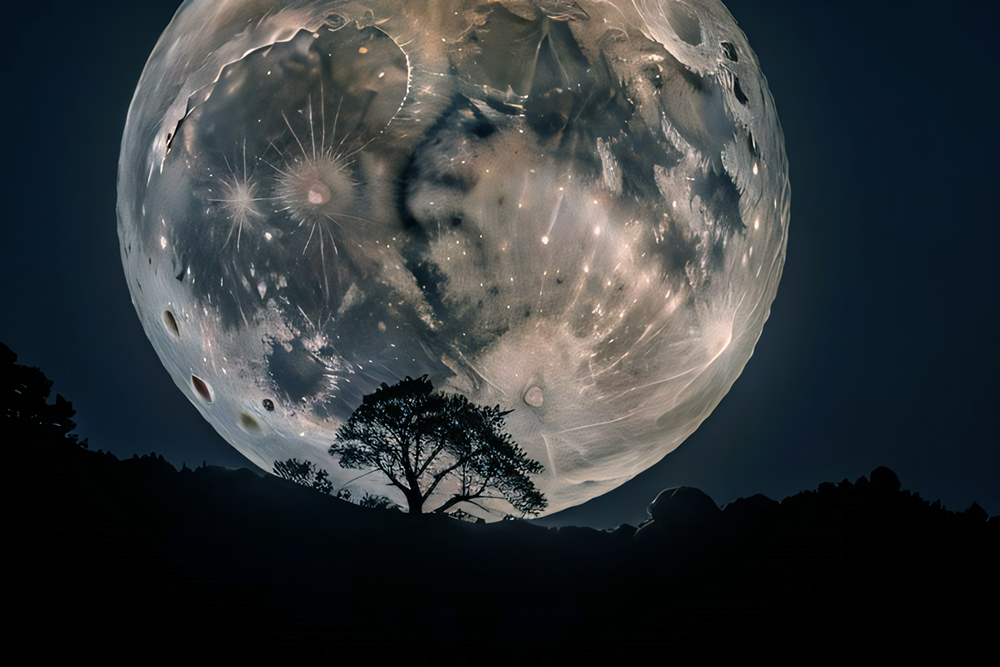Stargazers can witness the Hunter’s Supermoon today, the largest and brightest full moon of the year. A super moon occurs when the moon is at its closest point to Earth, called perigee, making it appear about 14% larger and 30% brighter than a typical full moon. This particular event, known as the Hunter’s Moon, gets its name from ancient traditions when hunters would use the bright moonlight to prepare for the winter.
The Hunter’s Moon will rise around sunset and remain visible throughout the night, appearing full for about three days. Its proximity to the Earth, about 357,000 kilometers, makes it a spectacular sight for both casual observers and photographers.
For the best viewing experience, find a location with minimal light pollution and if you’re into photography, try capturing today bright large moon as it rises near the horizon for a striking effect. Binoculars or a telescope will offer a more detailed view of the lunar surface.
This event is part of a celestial series, being the third of four consecutive supermoons this year, with the next one, the Beaver Moon, set for 15th November 2024 which will also be the final supermoon of the year.

Supermoons occur when a full moon aligns with the moon’s closest approach to Earth, and this year’s series of four supermoons started in August, followed by September, October and now the upcoming one in November.
Mark your calendar for that date to witness another bright and larger-than-usual moon!
Ads by: ⓘ Random Ads
Here’s a calendar of the next 10 supermoon appearances, based on expected astronomical events:
- November 15, 2024 – Beaver Moon (Last supermoon of 2024)
- August 19, 2025
- September 18, 2025
- October 17, 2025
- November 16, 2025
- August 29, 2026
- September 28, 2026
- October 27, 2026
- November 26, 2026
- September 17, 2027
These dates include some of the closest full moons, when the moon appears larger and brighter due to its proximity to Earth during perigee.